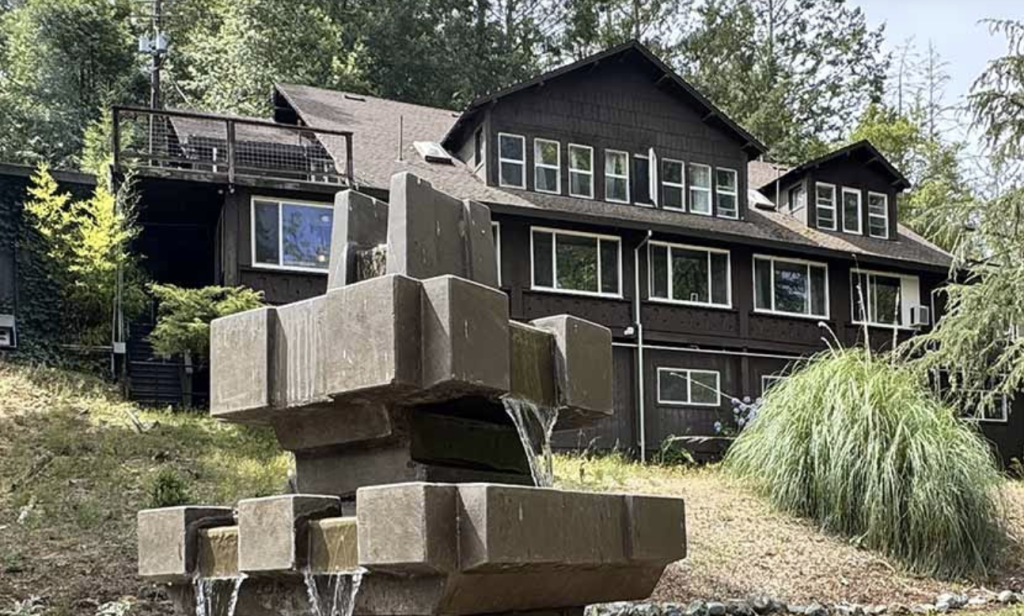Sonoma County supervisors approve clean-up of hotel tax spending rules
In a 3-0 vote Sept. 16, 2025, the Sonoma County Board of Supervisors adopted revisions to its transient occupancy tax (TOT) spending policy, simplifying language and consolidating spending categories. Officials characterized the changes as a “clean up” to make the policy more user-friendly, without altering how funds are allocated.
The number of budget categories for TOT revenue was trimmed from six down to three broad groups: county department funding, district priorities and community funding. Previous dollar allocations remain intact. Notably, the board steered clear of the more controversial questions about where the money goes, an issue that has fueled debate for years.
“We tried to bring forward things that were consistent and easy to get at,” said Supervisor James Gore, acknowledging the tweaks avoid any fight over funding distribution. Supervisor Chris Coursey called the changes modest and “underwhelming,” but he did not push for a deeper overhaul at this meeting.
How the TOT funds are split
Sonoma County’s TOT — a 12% tax on hotels, inns, vacation rentals and other short-term lodgings in unincorporated areas — was established in 1965 and last increased via Measure L in 2016. By policy, one-third of the base 9% tax goes into the county’s general fund, while the remaining two-thirds of that portion is dedicated to a special Community Investment Fund. The additional 3% from Measure L is treated separately in a Measure L fund for specific purposes promised to voters.
In broad terms:
- 25% of TOT revenue flows to the general fund (discretionary county spending).
- 50% goes into the Community Investment Fund, which supports economic development, community grants and county services in tourism areas.
- 25% (the Measure L portion) is set aside in dedicated funds for fire and emergency services, road improvements, affordable housing, code enforcement and a Tourism Impact Fund.
Under the Community Investment Fund policy, Sonoma County Tourism (the visitors bureau) continues to receive 1.25 percentage points of the base tax — about $3.3 million annually — to market the county as a destination. Local chambers of commerce share a $50,000 matching-grant program for business promotion. Each of the five supervisorial districts also retains $100,000 in TOT-funded discretionary grants for local events and projects. None of these amounts changed; they were simply grouped into broader categories.
Debate over tourism impact funds
The Tourism Impact Fund — roughly 10% of Measure L revenue, yielding about $800,000 a year — remains contentious. The dollars are intended for needs arising from tourism in unincorporated communities such as fire/rescue, road repairs or environmental mitigation.
By policy, the money is divided among districts proportionate to the TOT generated in each area. This benefits west county and north county, which host more lodging sites, while districts with fewer see less funding.
Supervisor David Rabbitt, whose south county District 2 lags in TOT generation, has long argued that all TOT revenue should be pooled into the general fund for countywide budgeting and oversight. He contends the current system lacks transparency. “We miss out on that more public discussion or debate by keeping it separated,” he said, noting that some grants have funded school programs or trash collection that he believes stretch the definition of tourism-related needs.
Supporters say the broad policy language allows appropriate mitigation for visitor impacts. But Rabbitt continues to vote against expenditures he sees as unrelated to tourism. “Being in the minority on this particular issue,” he said, “I know some of my colleagues aren’t going to vote against their own self-interest.”
Looming revisit next year
The two supervisors most vocally at odds over TOT spending — Rabbitt and Board Chair Lynda Hopkins — were absent from Tuesday’s meeting. In their absence, the board adopted the streamlined policy without re-allocation.
Hopkins later said she is open to revisiting TOT spending if it helps heavily visited unincorporated areas, but she opposes folding funds into the general fund. “If we were to sweep that into the general fund, that would be disingenuous” to what voters were promised with Measure L, she said.
Her west county district, which generates a large share of the TOT, sees little of it directly. Hopkins said visitors affect local roads, parks and trash pickup in towns like Guerneville — exactly what the dedicated funds were designed to address.
County officials hinted that the 2026 budget season may force a fuller debate on allocations, especially if state or federal funding cuts strain other county services. Gore invited his colleagues to bring the contentious questions back for discussion “at a later time.” In the meantime, the lodging tax policy stands updated in form but unchanged in substance, and Rabbitt signaled he will continue scrutinizing tourism-impact proposals.




